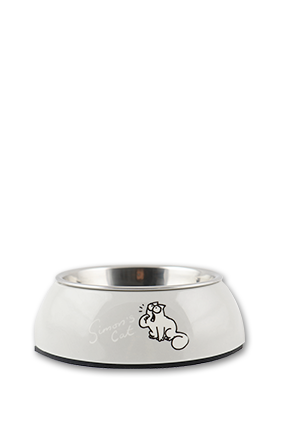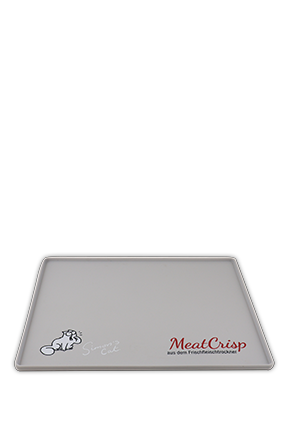Activity Feeding for cats
Species-appropriate feeding
If you observe outdoor cats or cats in a natural environment, you will notice that they keep themselves busy every day by sleeping or resting, eating, playing and also hunting. Most cats no longer have to try hard to get food. When they work up a small or big appetite, the next meal is usually already ready in the dish. Unfortunately, this form of food source is not species-appropriate. As humans, we find it desirable and satisfying when food is put on the table for us without much effort. Going to a friend’s house or a restaurant and not having to do anything for your meal usually fills us with joy. Cats are instinctive hunters. Hunting prey in the wild requires cats to have many skills: use of the senses to track down prey, patience to stalk prey and then pounce at the right moment, and speed as well as skill to hunt the next meal. And it doesn’t always work the first time, which means the cat has to start all over again. Hunting is not only a means to an end for the cat in order not to starve, but it is also a favourite activity. Cats also do not eat a few large meals, but instead many small ‘snacks’ spread throughout the day. Hunting, for example, normally accounts for a large part of their daytime activity.
If you look at the eating behaviour of many domestic cats knowing this, you also understand how problems can occur in the relationship between humans and animals. Since the path to the feeding dish is not very far for a well-fed cat, boredom quickly sets in during the day. Besides being unhappy, this can also lead to problems such as obesity or begging.
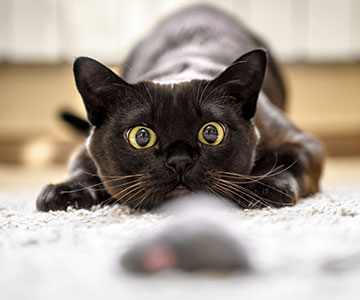 Cats have an instinctive drive to hunt and play
Cats have an instinctive drive to hunt and play
What is Activity Feeding?
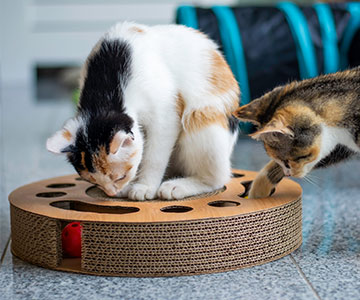 Cat food must be worked for
Cat food must be worked for
The benefits of activity feeding for cats:
- No boredom
- Promotion of intelligence and perseverance
- Ability to express the instinct to hunt and play
- Reduction or prevention of obesity
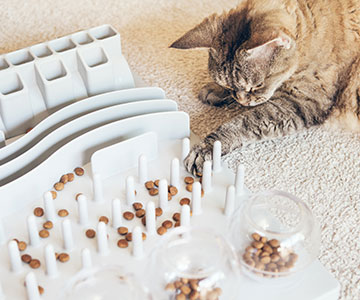 Activity feeding: Cats work for their food
Activity feeding: Cats work for their food
Keep cats busy and let them work for their food
In general, dry food is the best option for this type of feeding. It lasts longer – even in hot temperatures, and it also does not attract flies. The work involved in having to distribute food around your flat is manageable. Nevertheless, there are also food games where licking wet food out of certain containers is a good idea.
Start with the first level of difficult, where the cat can both see and smell the food. Various types of packaging found in the household can be used, such as egg cartons, ice cube trays, muffin tins, etc. You can get creative and use what your household has to offer. The cat’s paw, however, should fit into the opening, as the cat usually solves the puzzles with its paw. If your cat simply knocks over the containers or moulds and enjoys eating food from the floor, try to secure the containers/moulds to the floor or surface. After all, the goal here is to keep the cat busy and to make sure that it gets its food using skill and reason. It may take a while and the cat can try out the most promising method.
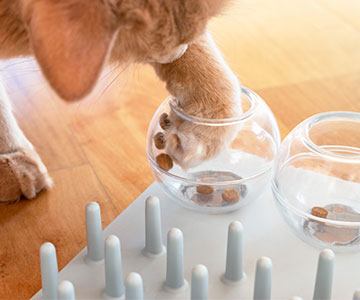 Activity feeding with different levels of difficulty
Activity feeding with different levels of difficulty
With the second level of difficulty, the cat can smell the food and knows where to find it, but it does not see it directly. Here, too, you can be creative and look for what your own household has to offer. For example, you can cut holes in small cardboard boxes for the cat to reach into with its paw. Another option is to use an open box with crumpled paper in it and to spread the dry food in between the paper.
Of course, you can also buy ready-made feeding games from pet shops, where mechanisms have to be moved or lids lifted.
The third level of difficulty still includes the element of ‘movement’. A classic this case is the food ball or a roller. The cat needs to learn that it has to move them in order to reach the food.
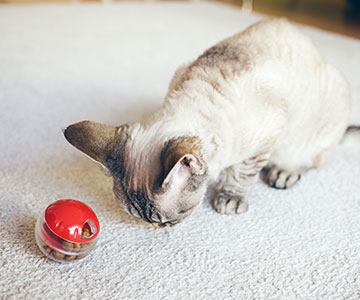 Activity feeding: keeping cats busy at feeding time
Activity feeding: keeping cats busy at feeding time
In the fourth and final stage, the food is no longer directly in front of the cat, but it has to go search for it itself. You can hide the dry food its own or in containers in the home and the cat has to find them. With loose dry food, it can eat its ‘prey’ directly. In the case of the other options previously mentioned, it still has to get its food after searching for it. The elements ‘search’ and ‘activity’ are thus combined and offer the cat another challenge.
Once the cat has figured out certain food games, it can also get bored. That is why we recommend not just increasing the levels of difficulty but also alternating the games and challenges.
Many of our PLATINUM customers have already told us that they provide one or two rations a day using activity feeding. Your cats not only love the variety here but also PLATINUM MeatCrisp. House cats love this dry food and are motivated to solve the small puzzles. This makes the cat happy for two reasons: about the ‘successful hunt’ itself and the delicious food as a reward for its efforts.


 Deutsch
Deutsch
 English
English
 Nederlands
Nederlands
 Français
Français

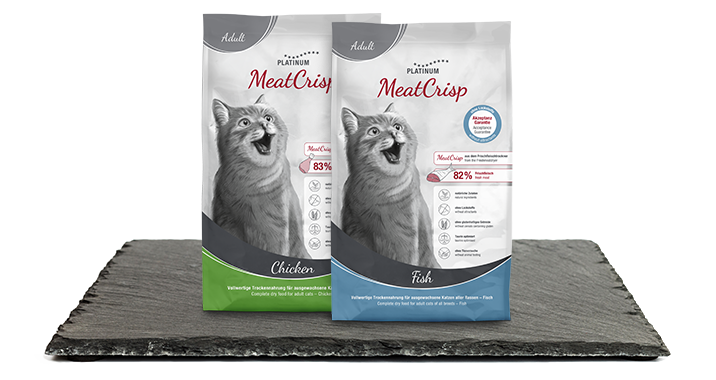
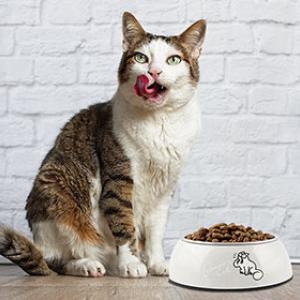
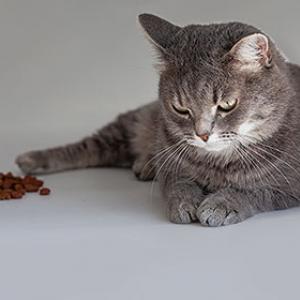
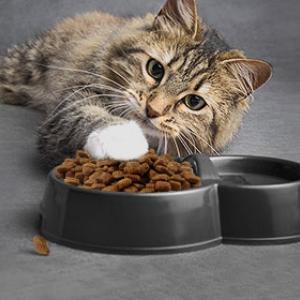
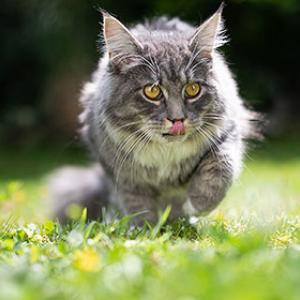
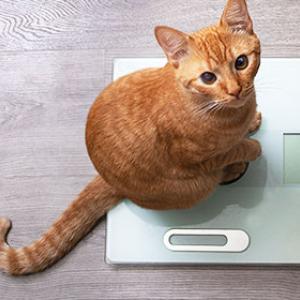
.png)
.png)
.png)
